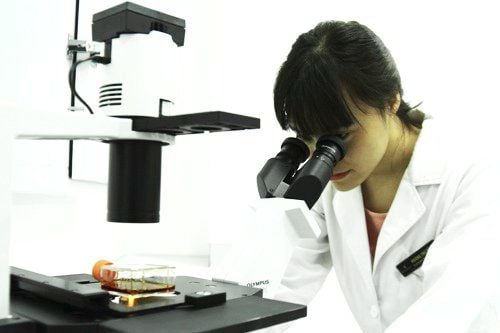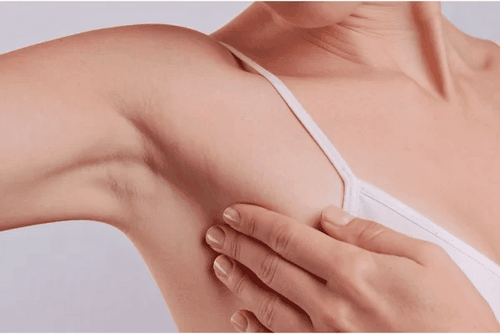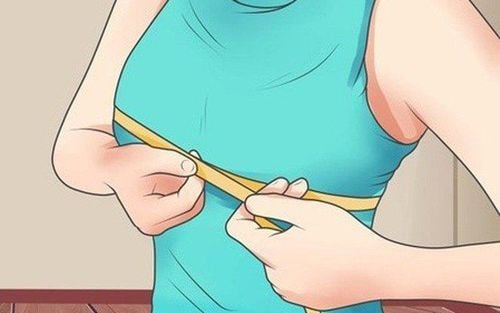This is an automatically translated article.
Vacuum-assisted breast biopsy technique helps effectively treat benign breast tumors without surgery, supporting accurate breast cancer diagnosis even when the lesions are not palpable.
1. What is vacuum-assisted breast biopsy?
Vacuum-assisted breast biopsy (VABB) is a surgical procedure used to treat benign breast tumors with high aesthetic value. In addition, VABB is also used to biopsies palpable breast tumors that are suspected of malignancy.
Vacuum-assisted breast biopsy technique is used to generate a suspected tumor in the breast. This lesion can be detected through physical examination, ultrasound imaging, X-ray or MRI. Instead of having to open surgery to conduct a biopsy, with VABB, the doctor will insert the needle of the machine into the patient's breast and use vacuum to cut and suck the tissue sample out and take it to cytology. This biopsy is done under ultrasound, emulsion, or MRI guidance.
VABB vacuum-assisted breast biopsy is applied in the treatment of benign breast tumors by removing all tumors such as papillary tumors, mastitis up to 8cm in size. Thanks to this method, instead of having to open surgery to remove the tumor as before, the doctor only needs to insert the needle of the VABB machine to cut the tumor and suck the tumor out. Patients will experience less pain and no scarring. Especially, it does not cause breast deformity, does not require hospitalization.
The patient does not need to undergo many incisions to remove the tumor, but just a single needle can be used to treat tumors, even treat multiple tumors at the same time.
Vacuum-assisted breast biopsy technique is also indicated for patients with small lesions but suspected malignancy. The lesions are small in size, located in a deep, hidden location, so clinically it is easy to miss because the tumor is not palpable. This case is difficult to approach or handle precisely by conventional means. At this time, vacuum-assisted breast biopsy will maximize the effect. Under ultrasound guidance, a single needle puncture cuts and treats the entire tumor. At the same time, the tissue is sent to be sent for histopathological examination. The test when removing the entire tumor will help more accurate results, especially early diagnosis of breast cancer.
2. Advantages of vacuum-assisted breast biopsy technique

Ưu điểm của kỹ thuật sinh thiết vú là bệnh nhân không cần nằm viện
Can handle small tumors, deep in position, not palpable; Highly effective in treating benign tumors, limiting damage to healthy breast tissues; High aesthetics, leaving no scars; Increase the possibility of breast-conserving surgery in cases where the breast tumor is malignant; Easy to do; The patient does not need to be hospitalized; Minimize the cost of care and treatment; High efficiency; Low complication rate; This technique is being considered as the standard in the management of non-palpable clinically suspected malignancies.
3. Contraindications to vacuum-assisted breast biopsy technique

Kỹ thuật sinh thiết vũ giúp giảm tối đa chi phí chăm sóc
Vacuum-assisted breast biopsy is contraindicated in the following cases:
Benign breast tumors with surgical indications <= 3cm; Clinically small breast tumors that are not palpable but suspected of malignancy on imaging, difficult to reach by open biopsy or core needle biopsy; When the core needle biopsy results are in doubt or fail. To be assured of the quality of vacuum-assisted breast biopsy technique, you should choose to perform this technique at reputable facilities, with high medical and medical qualifications, the surgical procedure is strictly controlled and complete. enough equipment to ensure the best support for the biopsy process.
Please dial HOTLINE for more information or register for an appointment HERE. Download MyVinmec app to make appointments faster and to manage your bookings easily.













